Discover the world of human-centric architecture and design in 2023 in our exclusive interview with Georgia Koufidou. A Registered Architect (RIBA Part 2) with experience spanning Greece and the UK, Georgia is Senior Project Designer at Peldon Rose, one of our longest standing partners.
What excites you most about architecture and design in 2023?
My approach to Architecture and Design since my very first steps was always underpinned by a focus on the people!
Designing to offer better quality and balance in society’s daily lives, that’s what excites me.
Human-centric, circular and biophilic design is my focus and aspiration. Natural elements, such as greenery, earthy materials, and natural light, create spaces that enhance wellbeing and productivity – promoting a strong connection between humans and nature within the built environment.
I focus on how people will navigate in a space and explore what I can do as a designer to make the experience easy, enjoyable, and comfortable.
We spend the majority of our days in the workplace, so it’s important they’re designed in a way that makes people happy.
My experience in Greece has helped me understand the importance of nature and communities within design – and how this is vital in workspaces. The office should bring people together, and by designing with people in mind I can help influence and encourage human connections.
Basic human nature shows that we thrive as communities – not as individuals – so the office needs to support our needs as individuals, but also as a collective.
What has been the greatest change you’ve seen in the industry since starting out?
Technology has progressed a lot since I started out in my career. We now have access to all the information we could ever need, making it easier to research new ideas, find the best materials and connect with suppliers.
It was also a lot less common for women to work in construction. It’s great to see more and more female architects and designers coming out of universities, showing that the industry has made a positive change that encourages more women to find their place in the industry. But there’s still a long way to go. I think we can all play a part by mentoring and supporting aspiring female designers.
You’re leading on the design for TSP’s latest project, 79 Clerkenwell. What design language are you employing to bring the vision to life?
79 Clerkenwell Road is a modern insertion in a historically eclectic area of the city – standing in contrast with its surroundings through its simplicity.
The new look and feel aims to bring in the colour and material palette of the street into the building, while retaining the simple language of the façade through the interior design.
Historical materials, sandy and wooden tones are used in a simple way, to create a contemporary, timeless interior where a relaxed, yet social, atmosphere is achieved.
The colour palette promotes a sense of calm, while the variety of settings encourage a sense of community.
Your favourite building in London?
Tate Modern by Herzog & de Meuron. It combines 3 elements I really love.
A view of St. Pauls; respect for the original architecture (Bankside Power Station originally designed by Sir Giles Gilbert Scott), with subtle alterations giving new life to an old out of use building; and Art that feeds my soul. It is the place where I relax and recharge.
In 2050, what will the office look like?
I believe three pillars will form the future office. Human-centric spaces, sustainability, and technology.
Offices will still provide what humans crave: culture, community, connection.
There will be tremendous leaps in technology and AI will be part of our everyday life. I expect the office space to be more flexible with more open spaces flowing between digital and physical worlds with a big focus on natural materials, creating warm and comfortable environments. To balance that, there will be a need for more quiet or focused library type rooms.
Consciously chosen furniture and materials will be sourced from both sustainable and ethically robust companies. A focus on providing amenities such as meditation rooms, exercise areas, bike and scooter storage, and showers.
Additionally, as businesses strive to offer more health and wellbeing benefits to employees as part of their ESG strategies – combined with cost and time challenges facing working parents – I predict we may start to see on-site babysitters and childcare areas.
Featured Stories & Insights
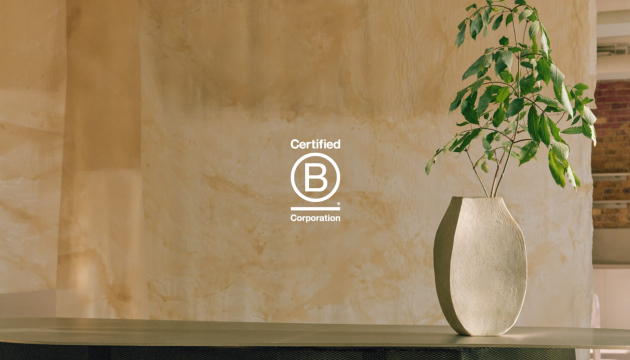 7th July 25
7th July 25
TSP Re-certified as a B Corp
LONDON, 7th July 2025 – TSP, a multi‑award‑winning investment and real‑estate asset manager headquartered in...
Read More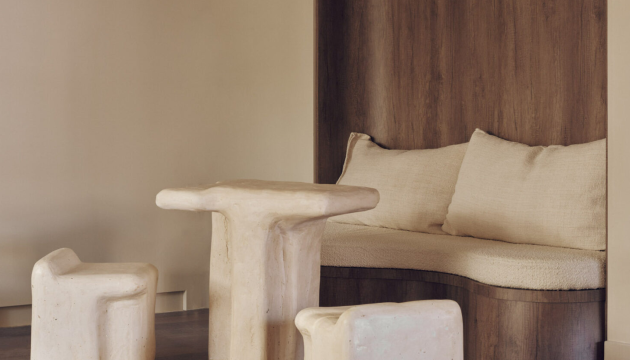 2nd July 25
2nd July 25
TSP CEO Zac Goodman Named Property Leader of the Year at Property Week Awards 2025
LONDON, 2nd July 2025 — TSP is proud to announce that CEO and founder Zac...
Read More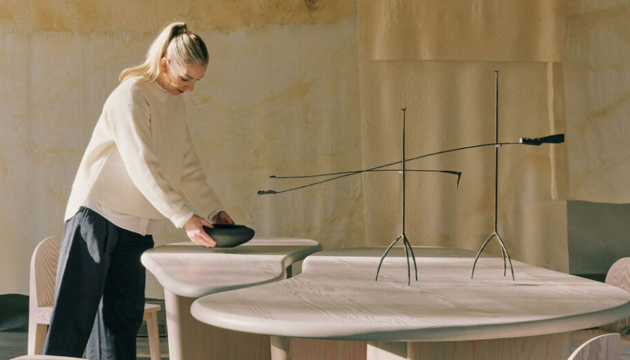 19th June 25
19th June 25
As Featured in: Flex and the City | How Zac Goodman made his mark in third sector property
TSP Founder and CEO Zac Goodman shares his remarkable journey. From analysing interest rates at...
Read More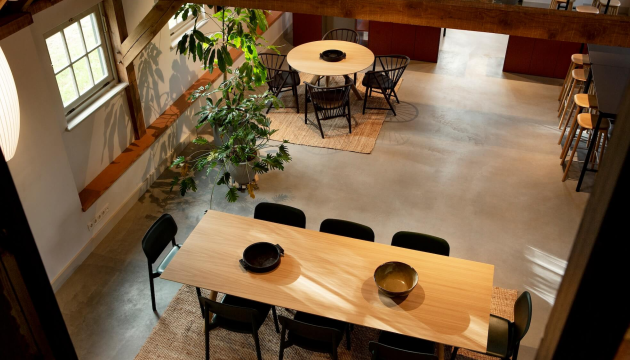 17th June 25
17th June 25
TSP and NORNORM Collaborate to Redefine Office Spaces in London
LONDON, 17th June 2025 – TSP, a leader in property and community management, has announced...
Read More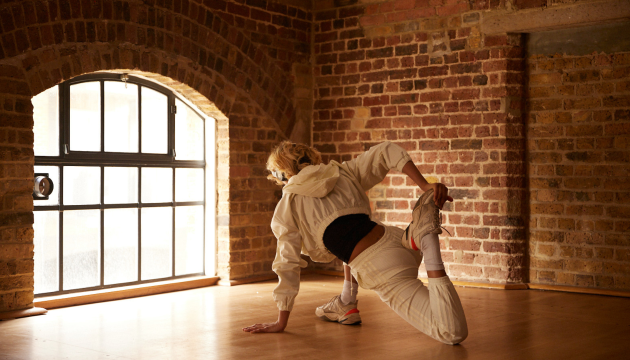 12th June 25
12th June 25
6 Mistakes to Avoid in Property Maintenance
Property management and maintenance can be a seamless process. But small errors can quickly escalate...
Read More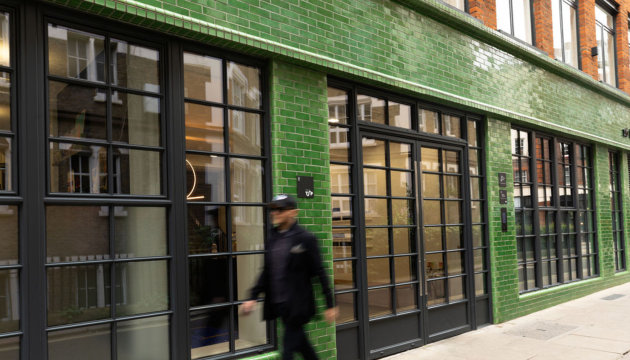 9th June 25
9th June 25
5 Common ESG Requirements and How To Address Them
As ESG considerations become a driving force in business, organisations are under increasing pressure to...
Read MoreView all